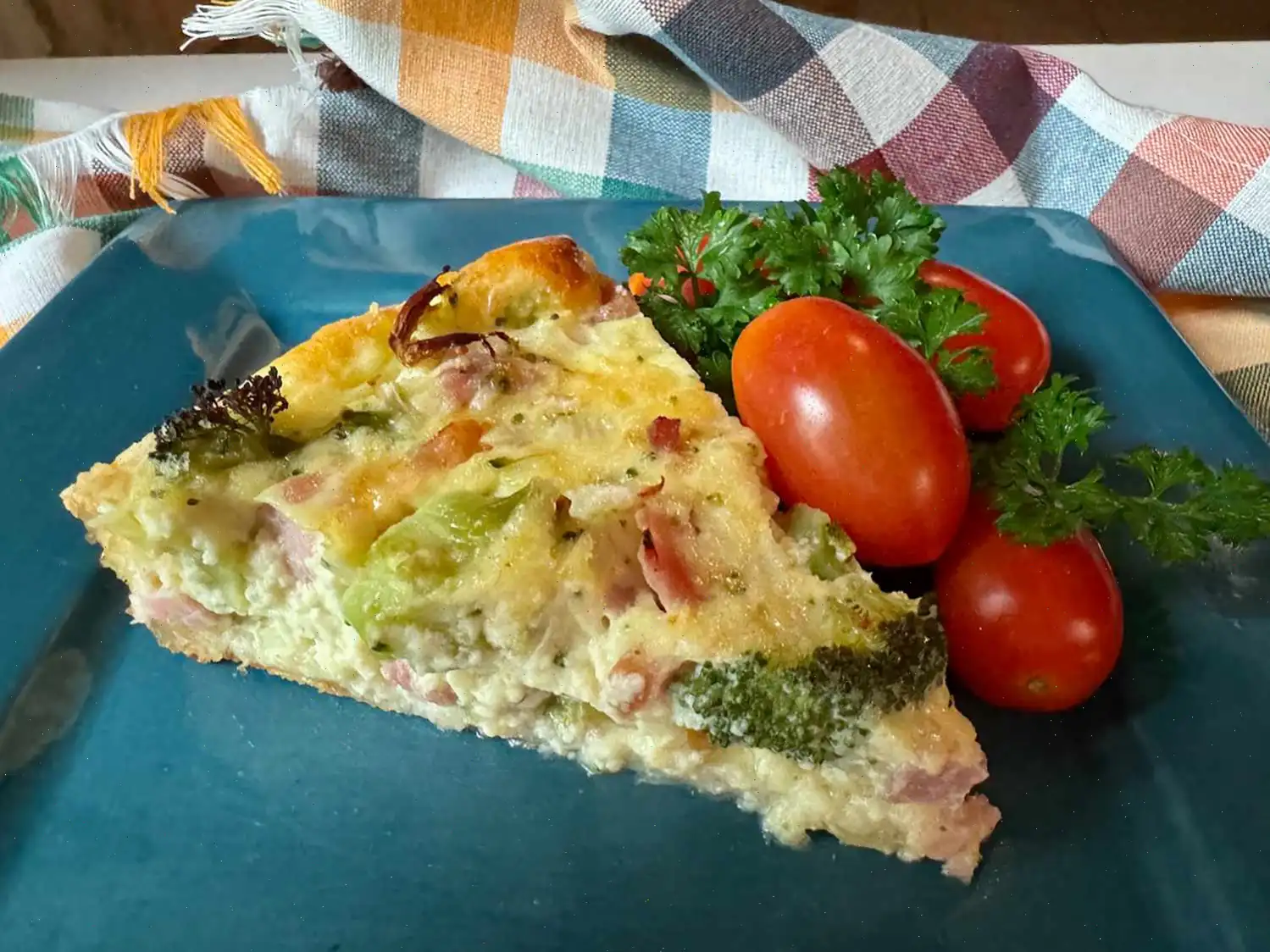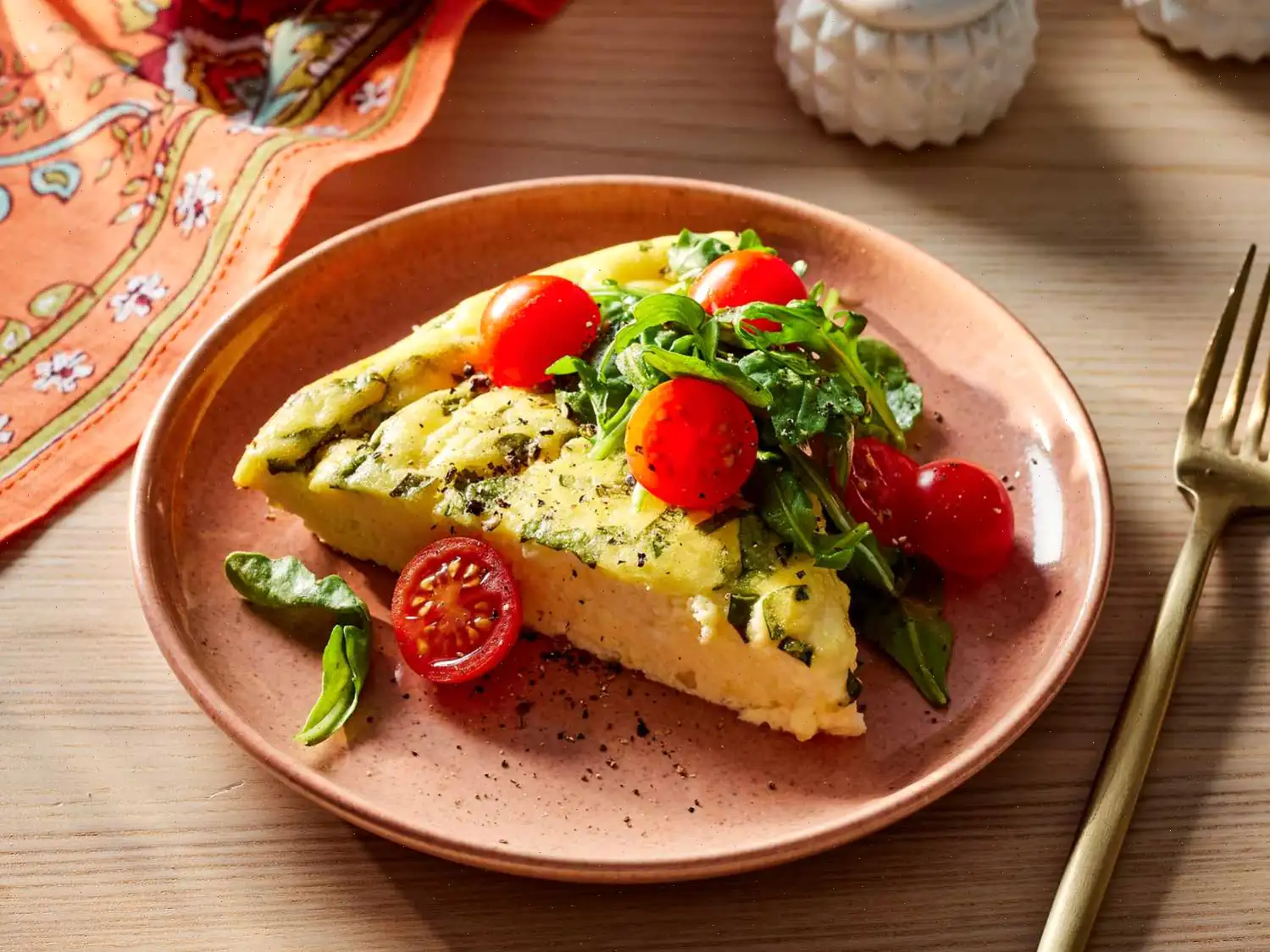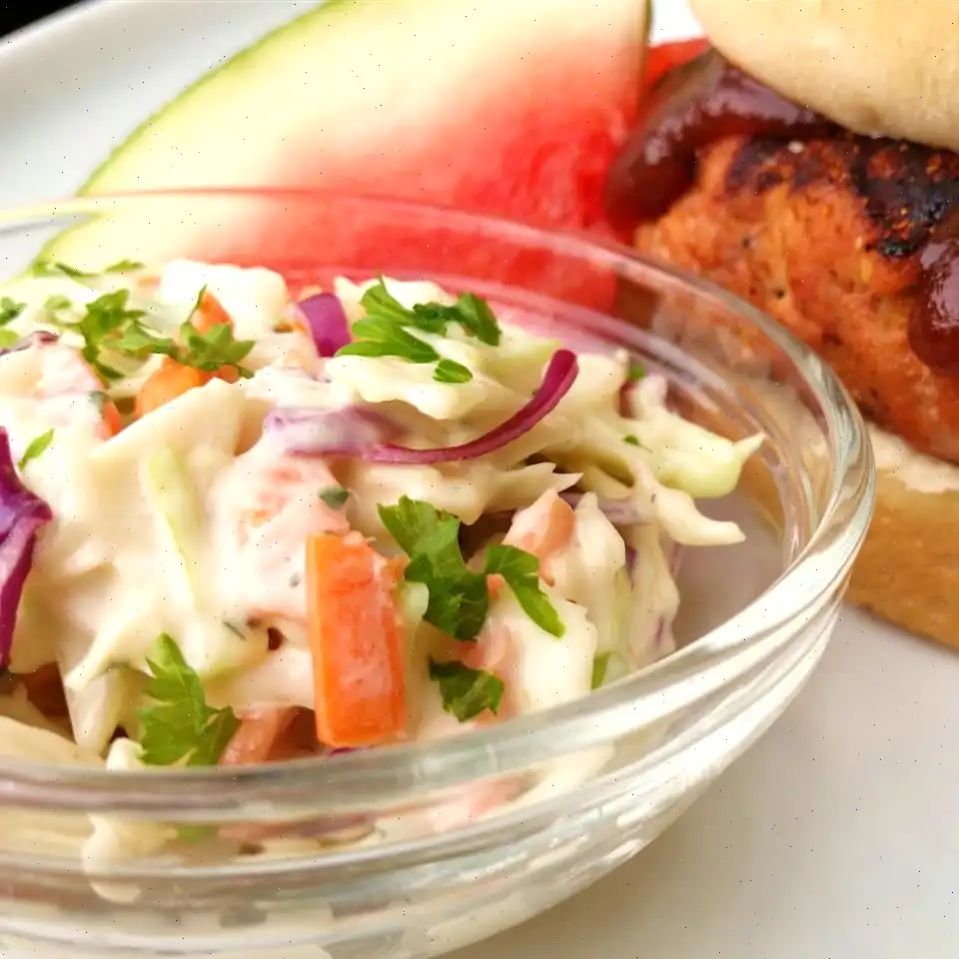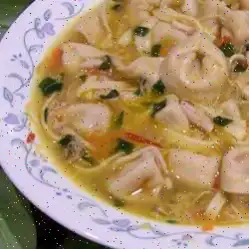
Egg Butter Recipe
Ingredients
This recipe was developed at its original yield. Ingredient amounts are automatically adjusted, but cooking times and steps remain unchanged. Note that not all recipes scale perfectly.
- 4 eggs
- cup butter
- 1 pinch cayenne pepper
- 6 drops Worcestershire sauce
Directions
Follow these simple steps to prepare the dish:
- Place the eggs into a saucepan in a single layer and fill it with water, making sure the eggs are covered by about 1 inch of water.
- Cover the saucepan with a lid and bring the water to a boil over high heat.
- Once the water starts boiling, remove the saucepan from the heat and let the eggs sit in the hot water for 15 minutes.
- After 15 minutes, cool the eggs under cold running water to stop the cooking process.
- Peel the eggs, then carefully remove the yolks from the whites. Chop the yolks and set them aside, reserving the egg whites for another use.
- In a large bowl, beat the butter until it becomes soft and fluffy.
- Mix in the chopped egg yolks, cayenne pepper, and Worcestershire sauce. Continue beating until the mixture is smooth and well combined.
Nutrition Facts (per serving)
| Nutrition Information | Amount | % Daily Value |
|---|---|---|
| Calories | 257 | - |
| Total Fat | 27g | 35% |
| Saturated Fat | 16g | 81% |
| Cholesterol | 266mg | 89% |
| Sodium | 186mg | 8% |
| Total Carbohydrate | 1g | 0% |
| Total Sugars | 0g | - |
| Protein | 3g | 6% |
| Vitamin C | 0mg | 0% |
| Calcium | 30mg | 2% |
| Iron | 1mg | 3% |
| Potassium | 38mg | 1% |
* Percent Daily Values are based on a 2,000 calorie diet. Your daily values may be higher or lower depending on your calorie needs.
** Nutrient information is not available for all ingredients. Amount is based on available nutrient data.
If you are following a medically restrictive diet, please consult your doctor or registered dietitian before preparing this recipe for personal consumption.

Egg Butter is a unique and flavorful spread that combines the richness of eggs and butter, often with a hint of spice. Its a versatile addition to a variety of meals, from sandwiches to crackers. Though it may sound unconventional, it has become a beloved spread for many, especially those who enjoy trying new ways to enjoy eggs.
History of Egg Butter
The origins of Egg Butter can be traced to several different cultures that have long enjoyed the combination of eggs and butter in their cooking. Its particularly popular in European countries, where eggs are often incorporated into a variety of spreads. The use of egg yolks mixed with butter dates back to the Middle Ages, when butter was a luxury item and eggs were a staple in many households. The spread as we know it today, however, seems to have gained modern popularity in the 20th century, evolving into a simple yet delightful snack.
Regional Variations
Egg Butters regional variations are subtle but noticeable. In some parts of Europe, particularly in the Netherlands, it is made with a pinch of mustard or herbs to add more depth to the flavor. In other regions, such as parts of Scandinavia, the butter may be mixed with smoked fish or pickles, adding a salty contrast to the richness of the eggs. Despite these variations, the basic ingredientseggs and butterremain constant, though the exact spices and seasoning can vary from place to place.
What Sets Egg Butter Apart?
Egg Butter stands out from other egg-based spreads, such as egg salad or deviled eggs, by its smooth and creamy texture. Unlike egg salad, which has a chunky consistency due to the chopped egg whites, Egg Butter is completely blended into a velvety spread. The richness of butter melds perfectly with the yolks, and the addition of a little Worcestershire sauce or cayenne pepper gives it a flavorful kick. Its a more indulgent, richer version of typical egg dishes, making it ideal for those seeking a savory yet smooth spread.
Where Is Egg Butter Typically Served?
Egg Butter is commonly served as a spread on bread, crackers, or bagels, making it an excellent choice for appetizers or a quick snack. It is also a fantastic addition to a brunch menu, paired with fresh vegetables or served alongside meats like ham. While it may not be a mainstream dish in many parts of the world, it is popular in certain European regions and has a niche following among those who love rich, savory spreads. You may also find it as a component in gourmet sandwiches or as a topping for savory pastries.
Fun Facts About Egg Butter
- Egg Butter is sometimes referred to as "Egg Spread" in certain parts of Europe, reflecting its use as a spreadable condiment rather than a cooking ingredient.
- Despite being high in fat, this spread provides a good amount of protein due to the eggs, making it a satisfying option for those needing a quick, energy-boosting snack.
- The addition of Worcestershire sauce is not a common ingredient in traditional egg-based spreads but adds a touch of umami that elevates the flavor of Egg Butter.
- Some versions of Egg Butter may also include mustard, garlic, or finely chopped herbs for additional flavor, making it a versatile recipe that can be customized to your taste preferences.
Conclusion
Whether you're looking for a unique spread for your breakfast toast or a savory dip for crackers, Egg Butter is a delightful option thats sure to please your taste buds. Its rich, smooth texture and subtle heat from spices make it a versatile and flavorful addition to your culinary repertoire. So next time youre in the mood for something a little different, give this delicious spread a try!







